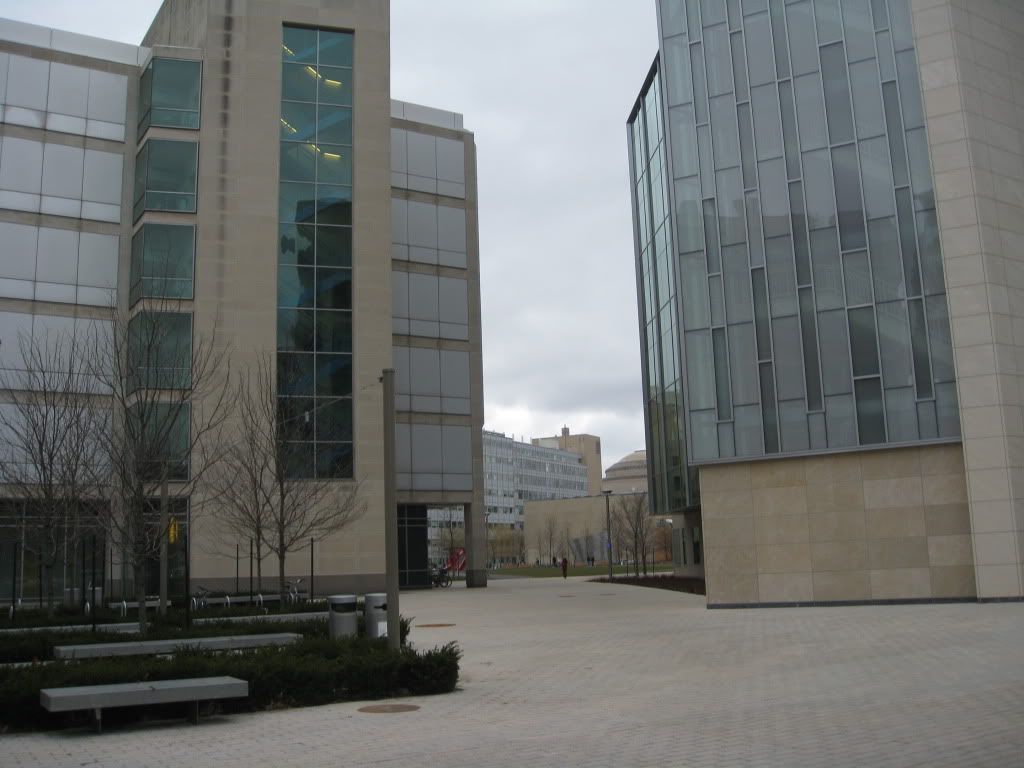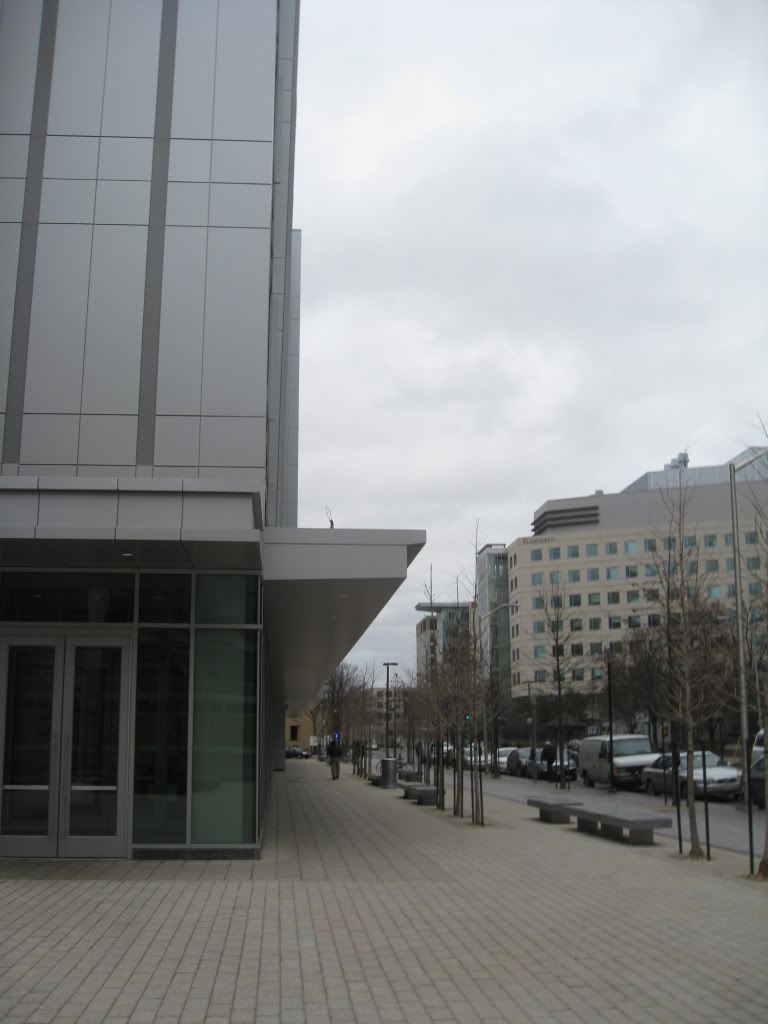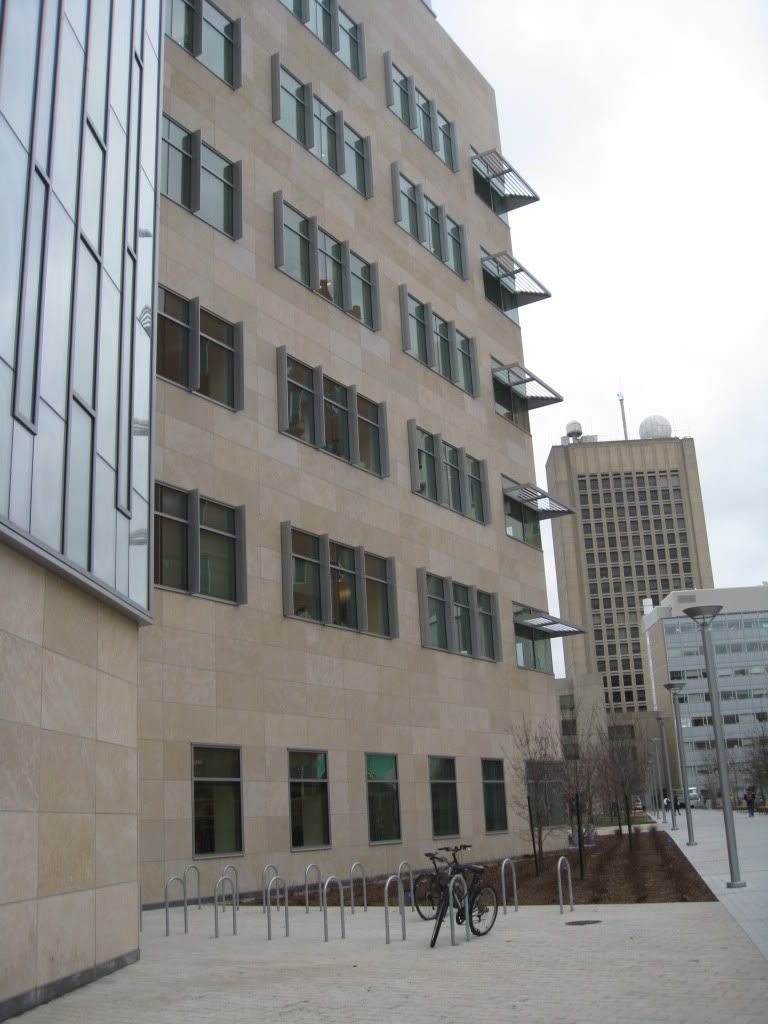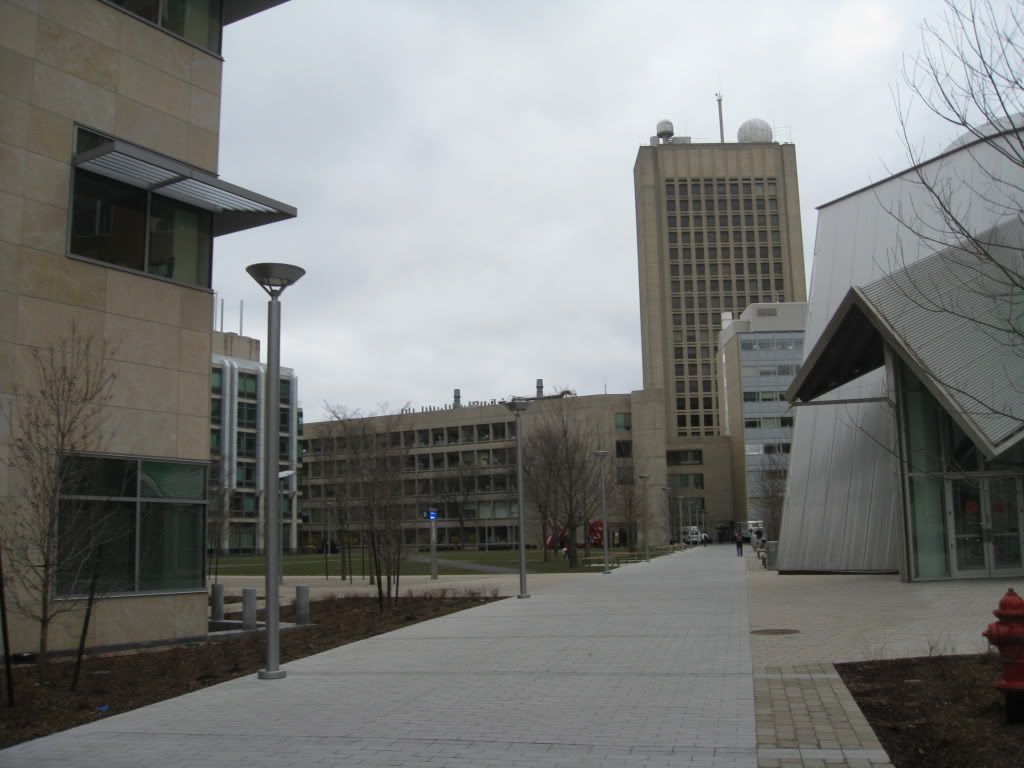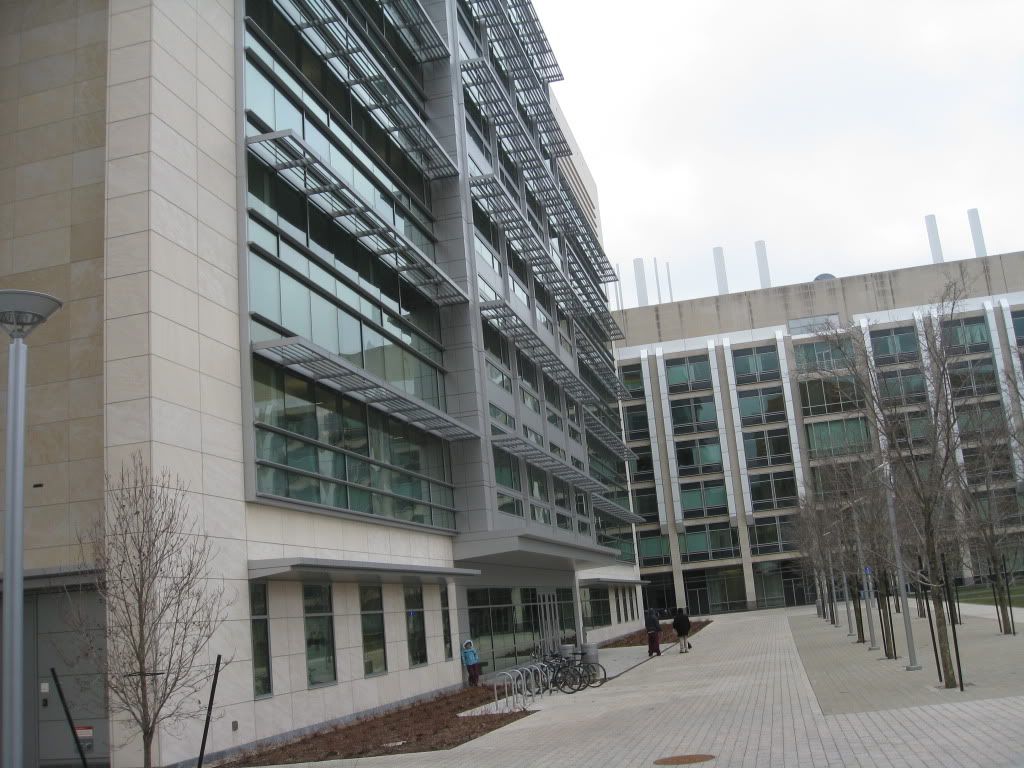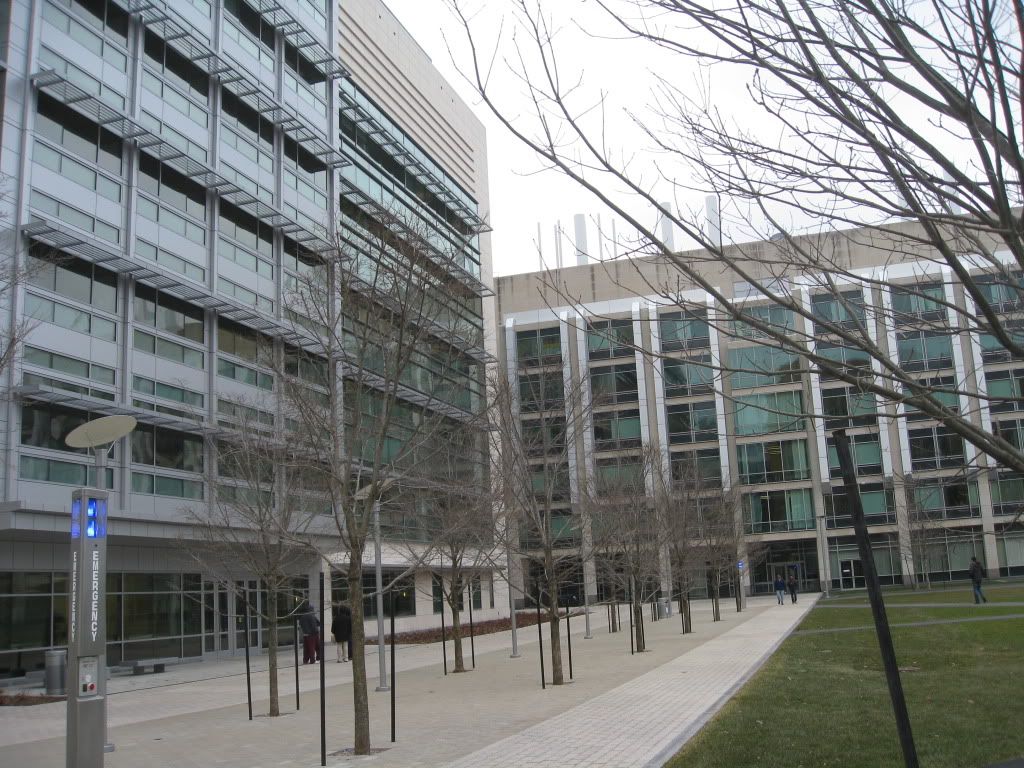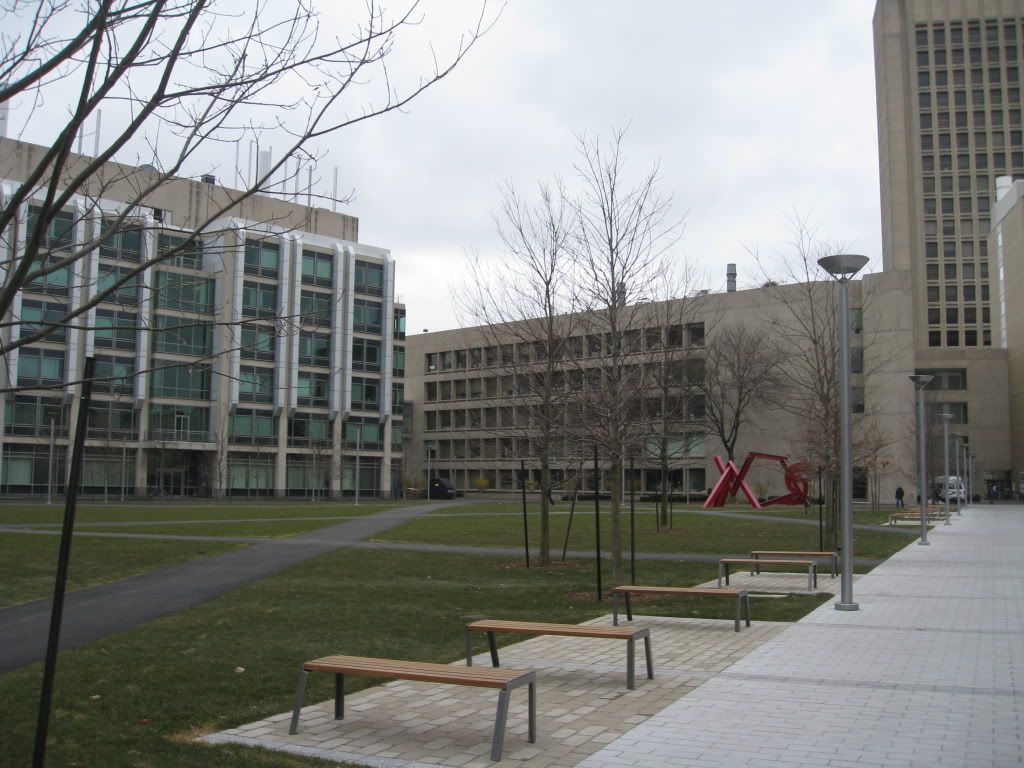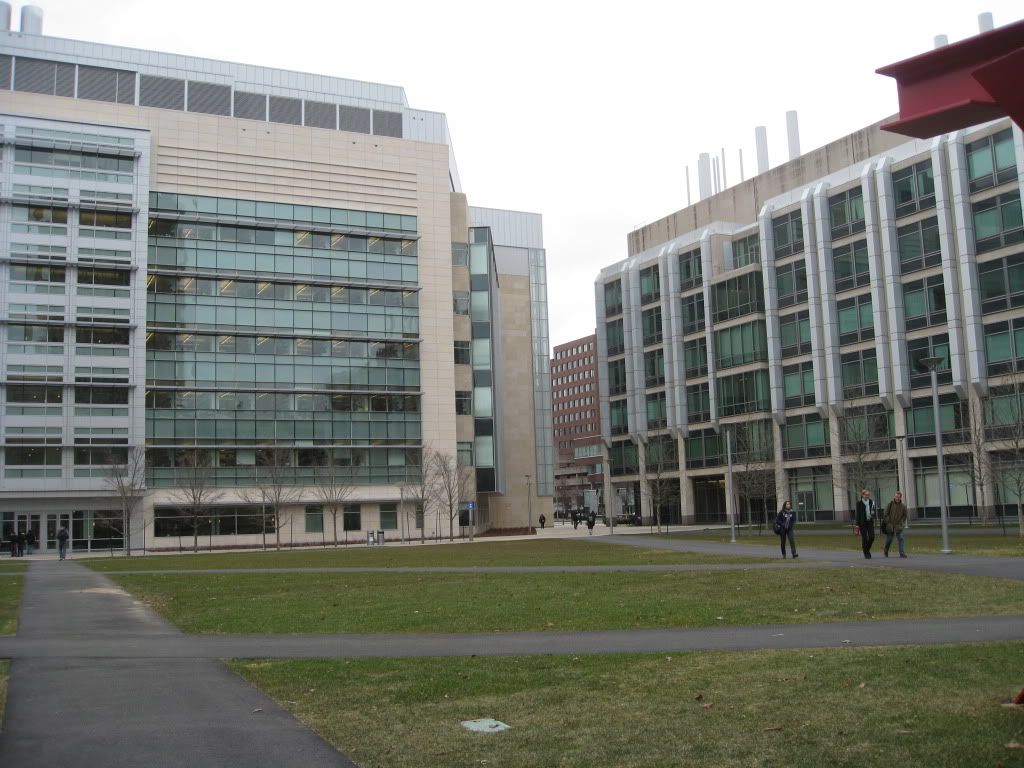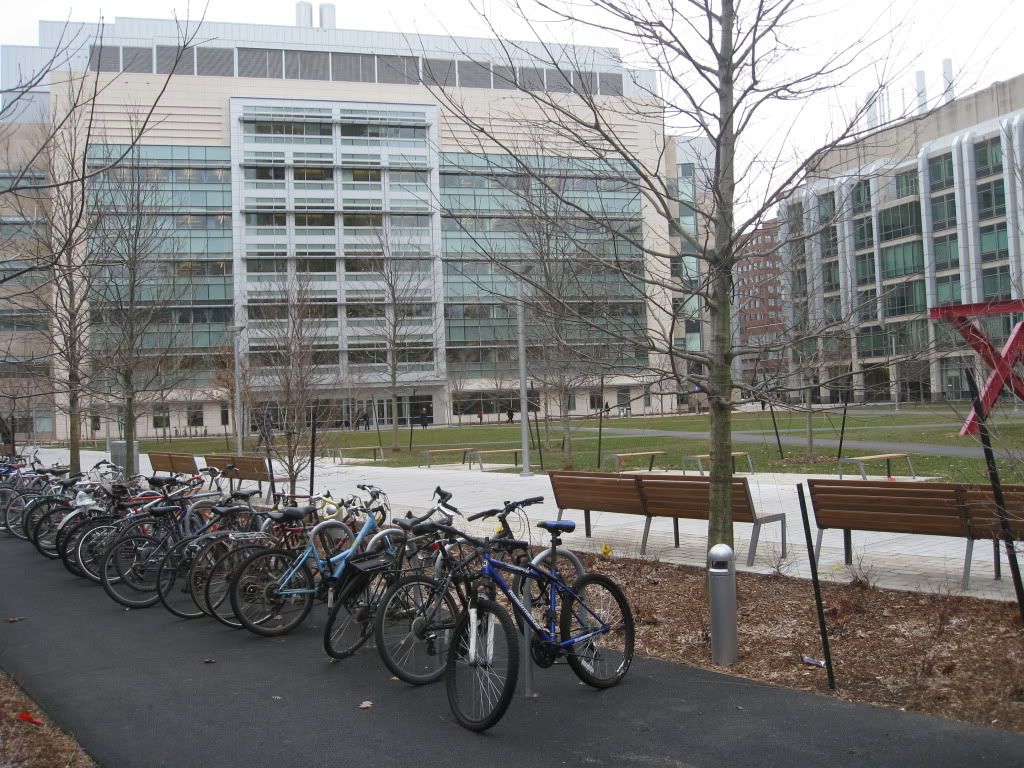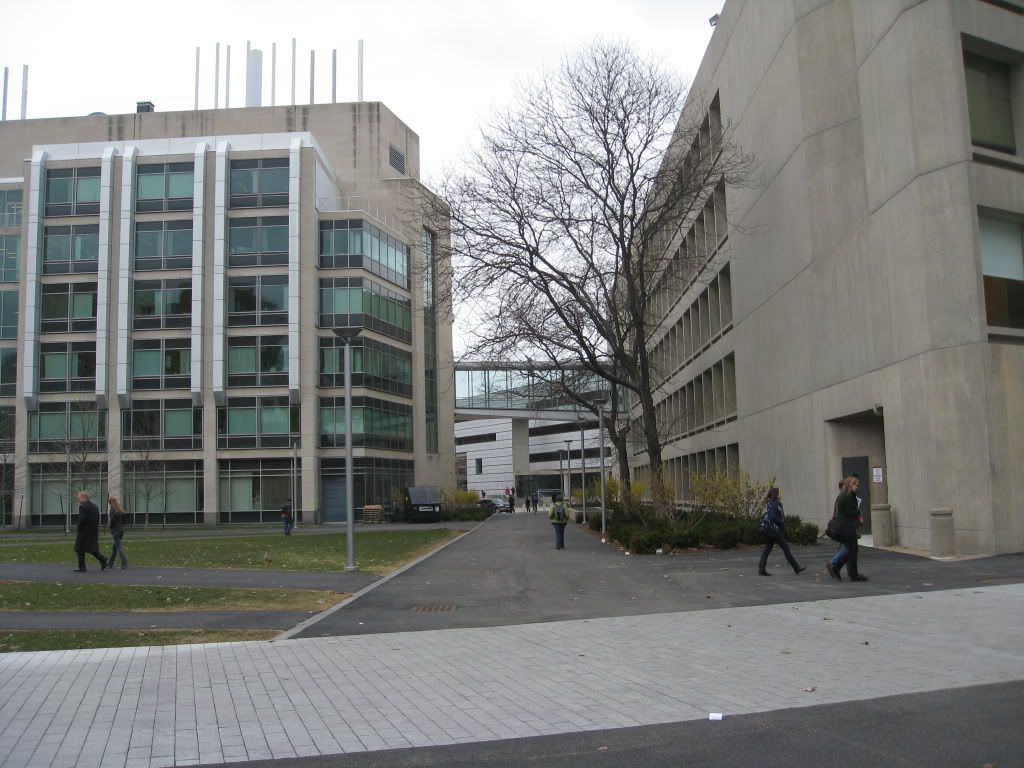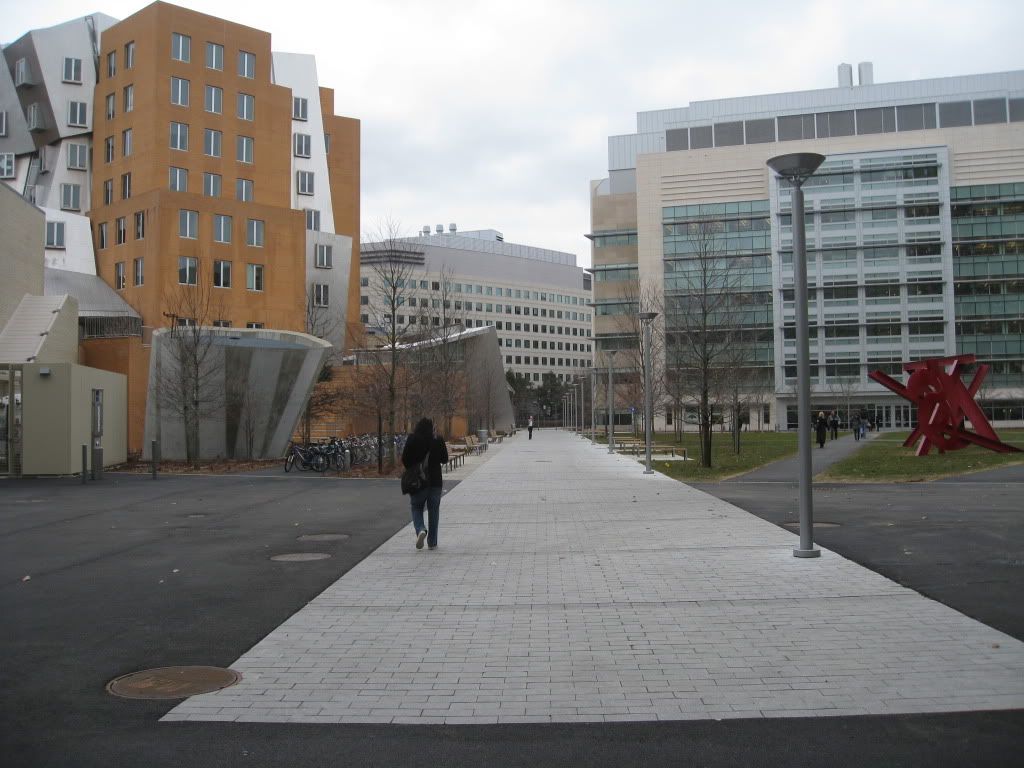- Joined
- May 25, 2006
- Messages
- 7,035
- Reaction score
- 1,876
M.I.T.?s Makeover for the 21st Century
By SUSAN DIESENHOUSE
Published: October 12, 2010
CAMBRIDGE, Mass. ? Not so long ago, the campus of the Massachusetts Institute of Technology was a hodgepodge of bunkerlike academic buildings, converted World War I-era factories, parking lots and even an occasional Quonset hut. But a 10-year development plan, nearly complete at a cost of $1.4 billion, has set a new mood ? avant-garde ? with 10 buildings by architects like Frank Gehry, Steven Holl and Fumihiko Maki, as well as a revamped streetscape.
The transformation was made possible by donations, portfolio investments and other financing sources like tax-exempt bonds ? as well as profits from M.I.T.?s commercial real estate activities, many in its own Kendall Square/East Cambridge neighborhood. The university owns about six million square feet of commercial real estate in the neighborhood, in addition to the 11 million square feet that make up its 160-acre campus.
The president of M.I.T., Susan Hockfield, said, ?The physical campus was not keeping pace with the leading-edge research of our scientists and engineers.?
The university?s property investments, on and off its campus, have in turn drawn other investors and tenants from around the world. That has helped lift East Cambridge out of its postindustrial doldrums, turning it into a submarket with global cachet. Just this year, Microsoft, Google and Sanofi-Aventis all leased space here. A few years ago, Novartis moved its global research headquarters from Basel, Switzerland, to a building owned by M.I.T. next to the campus in Kendall Square.
?M.I.T. is instrumental in the success of Kendall Square as a commercial real estate market,? said Hans G. Nordby a director of PPR, a CoStar Group company. Since 2003, Mr. Nordby said, 24 percent of the commercial space leased in the metropolitan area has been in Cambridge, although it has only 14 percent of the inventory, and 75 percent of those leases have had a Kendall Square address, he said. Much of the growth has come in the biotechnology sector, which barely existed 20 years ago, he said.
The timing of M.I.T.?s development was fortunate, with most of the financing and plans in place well before the economic slowdown.
?It?s very difficult for colleges and universities to do development now with endowments down, the credit crunch, and if they?re public institutions, state budget problems,? said Randall Shearin, the editor of Student Housing Business magazine.
At a time when few major developments have opened on or off campuses, the corner of Main and Vassar Streets in Kendall Square is a showcase of new academic buildings intended to promote innovative research and learning.
?Main and Vassar is one of the most powerful interdisciplinary intersections on the planet,? said Theresa M. Stone, the institute?s executive vice president and treasurer. ?Therefore, leading edge companies want to locate here. We do the research. They develop the drugs.?
In one of the newest buildings on campus, the David H. Koch Institute for Integrative Cancer Research, designed by the architectural firm Ellenzweig, engineers and life science researchers will collaborate in the search for breakthroughs in cancer treatment. Next to it is perhaps the most-recognizable symbol of the new M.I.T., Mr. Gehry?s Stata Center, which opened in 2004. It brings together students and researchers immersed in artificial intelligence, linguistics, electrical engineering and computer science. (M.I.T. sued Mr. Gehry and the builder in 2007, after leaks and cracks required repairs. The lawsuit was settled in March.)
By allowing greater collaboration, these additions are changing how teaching and learning are carried out at the institute. At the Koch Center, for example, engineers are using nanoparticles as homing devices to deliver doses of therapies or chemotherapy.
The university?s new look also helps its neighborhood, said Peter Bekarian, a senior vice president of Jones Lang LaSalle, a real estate company. ?When M.I.T. enhances its campus, it resonates in the commercial real estate market,? he said. Mr. Bekarian said Cambridge is recovering from the recession faster than other areas in the region, including downtown Boston, in large part because of activity in Kendall Square.
This year the Kendall Square/East Cambridge market saw a net absorption of 120,000 square feet in the neighborhood?s 13 million square-foot office and lab market. To equal that, downtown Boston, a 60 million- square-foot market, would have had to absorb 600,000 square feet. Instead, tenants vacated a million square feet more than they leased, said Rick Cleveland, the managing director for United States research services at Cushman & Wakefield.
Kendall Square?s vacancy rate is 11 percent. But in the six premier office towers with river views, it is just 4 percent, and landlords are pushing gross asking rents into the $50-a-square- foot range, about the same as prime space in downtown Boston. About 3 percent of East Cambridge?s highest-quality lab space is vacant, and gross rents are about $75, said Mark Winters, an executive director of Cushman & Wakefield.
The institute?s commercial property activity here is run by a 16-person team that reports to the president of the M.I.T. Investment Management Company, which oversees the university?s $8.3 billion endowment. Profits flow into the endowment, often as unrestricted funds, and are used for general operations, including on-campus construction. And when M.I.T. sells a property, it retains a long-term ground lease. ?We never give up land,? Ms. Stone said.
About 10 to 12 percent of the endowment is invested in real estate, and about half of it is near the campus.
The institute has already started its next development plan, which may call for a $1 billion investment on campus, although no projects have been authorized yet, Ms. Stone said. The university may develop an additional $1 billion in commercial space off campus, said Steven C. Marsh, managing director of real estate for the M.I.T. Investment Management Company.
As an academic institution, M.I.T. differs from its commercial real estate counterparts because it can invest with a 10- to 20-year strategy rather than having to generate short-term returns.
On the other hand, when opportunity knocks, M.I.T. can answer as nimbly as some of its private competitors.
This year, for example, the institute won two tenants who had been courted by other Cambridge landlords ?very, very hard,? Mr. Winters said. Last month, Sanofi-Aventis agreed to lease nearly 110,000 square feet in 640 Memorial Drive, an M.I.T. building. The institute also signed up Aileron Therapeutics, a biopharmaceutical company, for 24,000 square feet at 281 Albany Street.
As M.I.T completes the plan for this decade, Mr. Marsh is already working on one for the next 10 years.
M.I.T. has won city approval for a new 410,000-square-foot build-to-suit structure at 610 Main Street and is considering how to enliven the area around the Kendall Square subway stop.
After bringing in so many companies, Mr. Marsh said, ?now we want to focus on developing places for brilliant people to meet and collaborate.?


